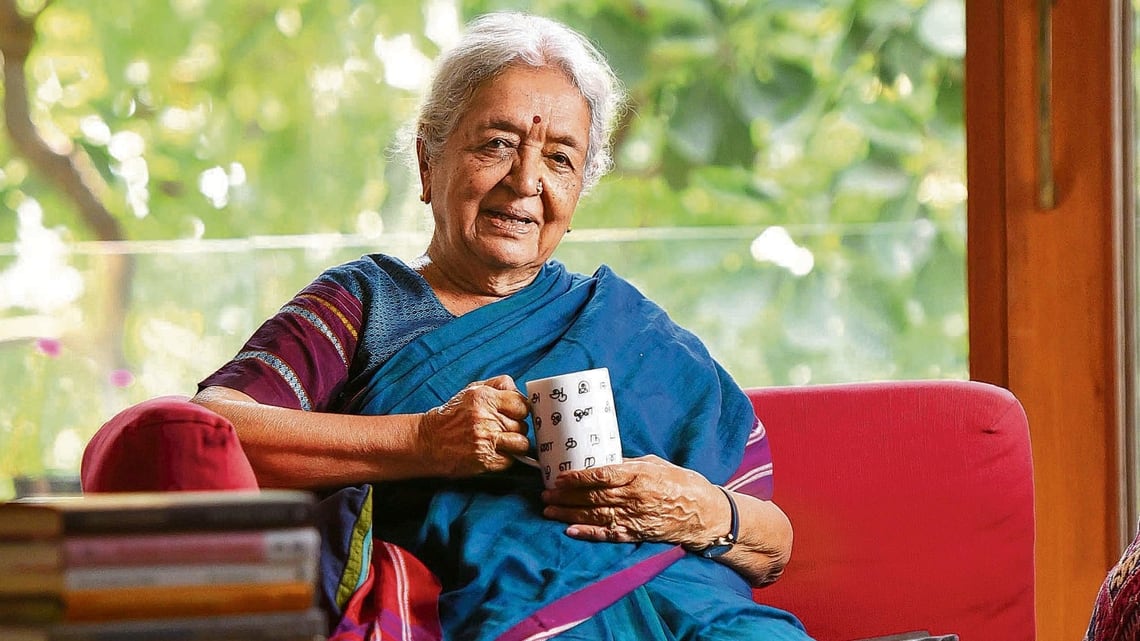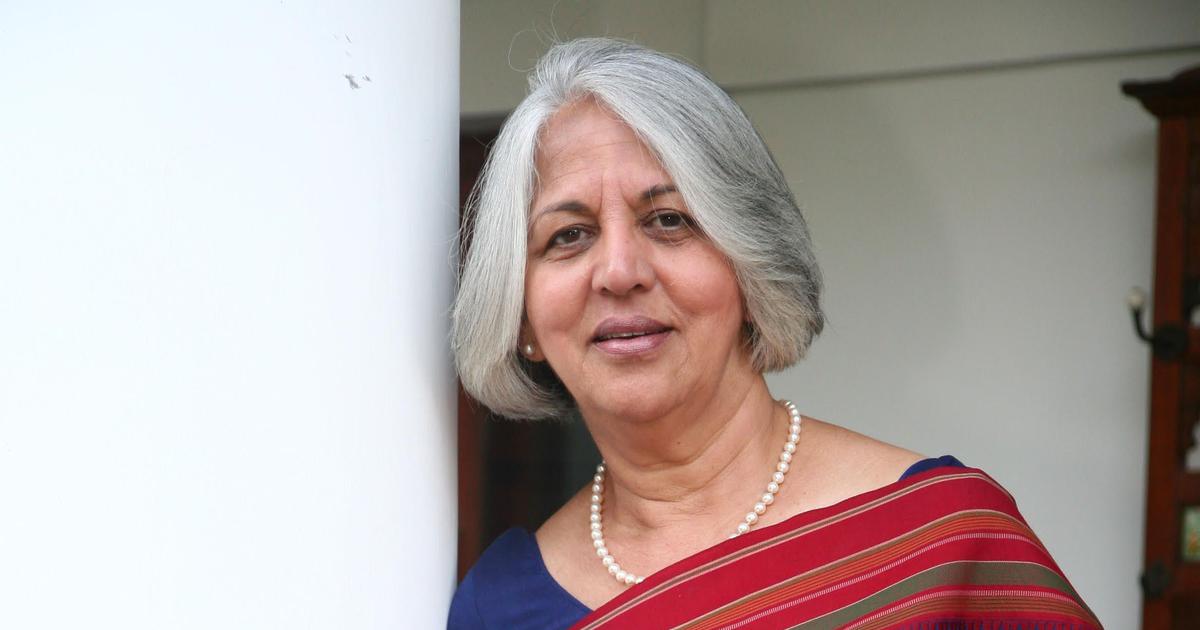If you educate a man, you educate an individual. But if you educate a woman, you educate a nation.
African proverb
In today’s time, women have been achieving milestones in all fields, from science and technology to entrepreneurship and have proven that women are no less than men and are at an equal par with them. Economics is a branch of social science which deals with the study of allocation of resources (society) and the financial decisions of people.
This gender gap, however,shouldn’t allow the questioning of the credibility of work done by female economists.
It is a booming and prospective domain. However, things don’t seem great within the discipline. The widening gender gap in economics is a worrying issue. It is clearly evident with few women pursuing economics as a career and only 3 women receiving the Nobel Prize in economic sciences as of now.

This gender gap, however,shouldn’t allow the questioning of the credibility of work done by female economists. There are some pioneers who have made marvellous contributions to not only the economic studies field in India but also across the globe. Here is our chance to appreciate them.
Let us remember and appreciate three Indian women economists who have made noteworthy contributions which went unnoticed.
Devaki Jain
Devaki Jain is an Indian economist and writer whose expertise lies in feminist economics. She graduated from Mysore University with triple gold medals and then went on to study at Oxford. She had taught economics in Delhi University until 1969.
Her work and life has largely been influenced by Gandhian Philosophy and is in line with it. Her academic research has focused on issues of equity, democratic decentralisation, people-centred development, and women’s rights.
She had introduced the term ‘feminisation of poverty’ which was used to describe three elements: women have higher incidence of poverty, the poverty they face is more severe than the poverty experienced by men and there has been a trend towards greater poverty among women, associated with rising rates of female-led households. According to her, feminisation indicates devaluation of women’s increased presence and ‘feminisation of work’ connotes low-quality, lowly-paid work.
She was the editor of Indian Women and wrote Women, Development, and the UN: A Sixty-Year Quest for Equality and Justice. She shows how women’s contributions have changed and shaped developments and practices at the UN.
She is the founder of the Institute of Social Studies Trust where she was the director till 1994 and has been a member of an advisory panel in UNDP. She was awarded the Padma Bhushan, the third-highest civilian award for contributing to women empowerment and social justice in 2006.
Her work in feminist economics continues to set an example and inspire many women across India and globe.
Isher Judge Ahluwalia
Isher Judge Ahluwalia was an Indian economist, public policy researcher, and professor. She completed her PhD from MIT focusing on the macroeconomy and productivity from 1951-1973 as a part of her thesis.
Isher Judge Ahluwalia was an Indian economist, public policy researcher, and professor.
Her research focused on urban development, industrial development, macro-economic reforms, and social sector development issues in India. She started her career at IMF as policy economist and was a professor at CPR – Centre for Policy Research.
Later on, she became the Chairperson Emeritus, Board of Governors, at the Indian Council for Research on International Economic Relations (ICRIER). She had also served as the chairperson of the board of the International Food Policy Research Institute, and the chairperson of the Government of India’s High-Powered Committee on Urban Infrastructure Services. She was awarded India’s third highest civilian award, the Padma Bhushan, in 2009.
As an author her works spanned public policy, urban infrastructure, and sustainable urbanisation, including challenges in delivery of clean drinking water and solid waste management.
She wrote two books Industrial Growth in India: Stagnation since the Mid Sixties, and Productivity and Growth in Indian Manufacturing between 1989 and 1991. Her most recent book prior to her death was a memoir titled Breaking Through published in 2020 which was a reflection on her career in the economics and public policy management space.
She wrote two books Industrial Growth in India: Stagnation since the Mid Sixties, and Productivity and Growth in Indian Manufacturing between 1989 and 1991
Her work in the public policy domain is seen as a pathway towards progressive India and a breakthrough in the economic sciences.
Krishna Bharadwaj
Krishna Bharadwaj was an Indian Neo-Ricardian economist mainly known for her contributions to the economic development theory and the revival of the ideas of classical economics. She believed that economic theory should be based on concepts which can be observed and be amenable to measurement in reality.

She completed her bachelors and masters from Ruia College, Mumbai and PhD in transport economics from the same college. Her critical orientation towards Economic Theory began with her involvement in development theory as a doctoral student. Her research focused on development theory and classical economics.
In 1960, Piero Sraffa’s Production of Commodities by Means of Commodities was published. Bharadwaj was asked by the then editor Sachin Chaudhuri of the Economic Weekly to review the book. She solved this task in a marvellous manner, which then formed the prelude to her further scientific work.
In 1961, She joined the Center for International Studies to work on problems of planning and development with critical perceptions. Later, In 1967, she went to Cambridge as a visiting fellow and came under the influence of Piero Sraffa and went on to become one of his closest disciples. She had promoted the teaching of different economic approaches in the Centre for Economic Studies and Planning (CESP) at JNU which were classical, Marxian, Keynesian as well as Walrasian Economics. She held the Chair of Economics at the university.
In 1960, Piero Sraffa’s Production of Commodities by Means of Commodities was published. Bharadwaj was asked by the then editor Sachin Chaudhuri of the Economic Weekly to review the book.
She was the editor of the collected papers of economist Piero Sraffa at Cambridge University in England. She contributed to numerous journals and forums and is well known as a leading light among development economists. Even today,she is credited for being the main pioneer in the field of development and classical economics and is a beacon of inspiration for many new-gen economists across the globe.
To conclude, these economists have impacted not just India but also changed the global landscape of the economic world. There is an emergence of new-gen economists who are making an impact on society but the number of economists is still insufficient for the change needed in today’s world. Hence,we need to encourage women to choose economics as a career and break the barriers of the societal wall so that the gender gap can be reduced and significant change is brought to both the discipline and the global economy.









Is there any reliable data available indicating that women are not choosing economics as major? If any, please share.
also, there are various news courses in education system which attract young minds.